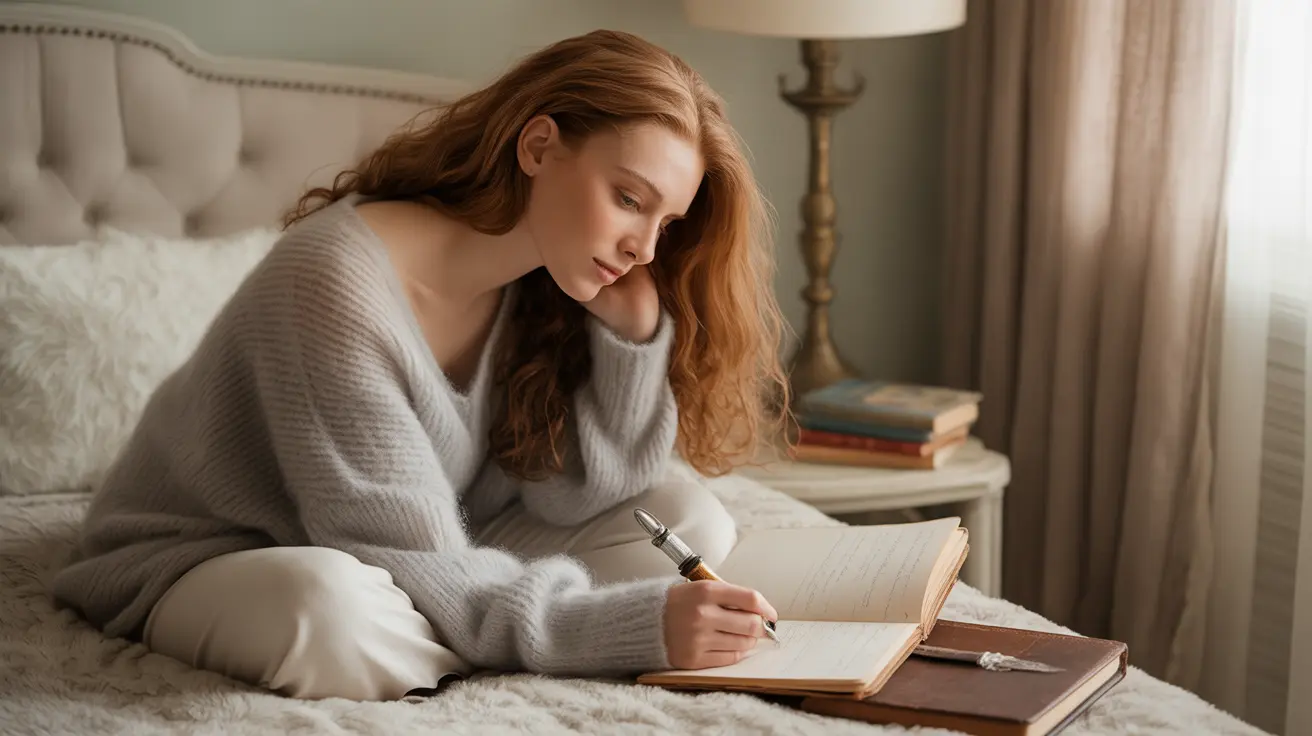Hemoglobin levels are a crucial indicator of your overall health, serving as a key marker for various medical conditions and your body's ability to transport oxygen effectively. Whether you're concerned about anemia or simply want to understand your blood test results better, knowing what your hemoglobin numbers mean is essential for maintaining good health.
In this comprehensive guide, we'll explore normal hemoglobin ranges, what can affect these levels, and when you should seek medical attention. We'll also discuss practical ways to maintain healthy hemoglobin levels through diet and lifestyle changes.
Understanding Normal Hemoglobin Ranges
Hemoglobin levels vary naturally between different demographic groups, with distinct normal ranges for men, women, and children. These differences are important to understand when interpreting blood test results.
Adult Reference Ranges
For adults, normal hemoglobin levels typically fall within these ranges:
- Men: 13.5 to 17.5 grams per deciliter (g/dL)
- Women: 12.0 to 15.5 g/dL
- Pregnant women: 11.0 to 14.0 g/dL
Children's Reference Ranges
Children's hemoglobin levels change as they grow:
- Newborns: 14.5 to 22.5 g/dL
- Infants (1-6 months): 10.0 to 17.0 g/dL
- Children (6 months to 2 years): 9.5 to 14.0 g/dL
- Children (2-12 years): 11.5 to 15.5 g/dL
Low Hemoglobin Levels and Anemia
Low hemoglobin levels often indicate anemia, a condition that can significantly impact your quality of life. Common causes include:
- Iron deficiency
- Vitamin B12 or folate deficiency
- Chronic diseases
- Blood loss
- Bone marrow problems
Symptoms of low hemoglobin may include fatigue, weakness, shortness of breath, and pale skin. Early detection and treatment are crucial for preventing complications.
Improving Hemoglobin Levels Naturally
Several dietary and lifestyle changes can help maintain or improve your hemoglobin levels:
Iron-Rich Foods
Include these iron-rich foods in your diet:
- Lean red meat
- Leafy green vegetables
- Legumes and beans
- Fortified cereals
- Fish and seafood
Supporting Nutrients
Other nutrients that support healthy hemoglobin levels include:
- Vitamin C (aids iron absorption)
- Vitamin B12
- Folate
- Copper
- Vitamin A
High Hemoglobin Levels
Elevated hemoglobin levels can indicate various conditions:
- Dehydration
- Lung diseases
- Heart conditions
- Polycythemia vera
- Living at high altitudes
Regular monitoring and consultation with healthcare providers is important when high hemoglobin levels are detected.
When to Seek Medical Attention
Consider getting your hemoglobin levels tested if you experience:
- Unusual fatigue or weakness
- Dizziness
- Shortness of breath
- Pale skin or gums
- Frequent headaches
- Cold hands and feet
Frequently Asked Questions
1. What are the normal hemoglobin levels for men, women, and children? Adult men should have 13.5-17.5 g/dL, women 12.0-15.5 g/dL, and children's levels vary by age, ranging from 9.5-22.5 g/dL depending on their stage of development.
2. What causes low hemoglobin levels and how is anemia diagnosed? Low hemoglobin is commonly caused by iron deficiency, vitamin deficiencies, chronic diseases, or blood loss. Diagnosis involves blood tests, including complete blood count (CBC) and iron studies.
3. How can I increase my hemoglobin levels through diet and supplements? Consume iron-rich foods like lean meats, leafy greens, and legumes. Include vitamin C-rich foods to enhance iron absorption. Iron supplements may be recommended by your healthcare provider if needed.
4. What health conditions can lead to high hemoglobin levels? High hemoglobin can be caused by dehydration, lung diseases, heart conditions, polycythemia vera, or living at high altitudes. Some cases may be related to certain medications or smoking.
5. What symptoms should prompt me to get my hemoglobin levels tested? Seek testing if you experience persistent fatigue, weakness, shortness of breath, pale skin, dizziness, or frequent headaches. These symptoms may indicate abnormal hemoglobin levels requiring medical attention.




